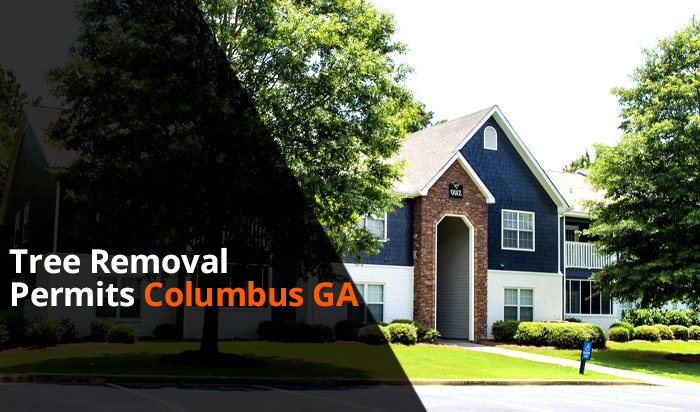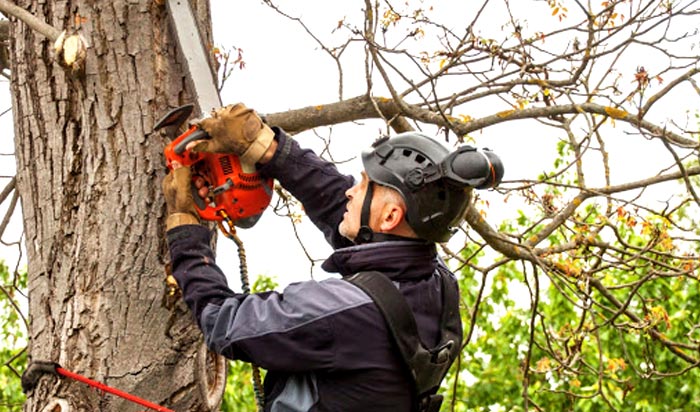Columbus has tree ordinances that help in controlling tree maintenance and removal. These codes are guidelines set aside to control tree trimming and removal.
In Columbus, tree removal is straightforward. There are fewer regulations when removing a tree from private property; however, you must obtain a tree removal permit before you work on trees on public properties.
In this review, you will find more about tree removal regulations in Columbus, including when to obtain a permit, the kind of trees that require permits and how to apply for a tree removal permit.

Remember: Check out Columbus code of ordinance for more details on tree removal.
What we cover
ToggleMust I obtain a permit before removing a tree in the City of Columbus?
No. As much as the city of Columbus is trying to protect the city trees, there are lesser rules to regulate tree removal on private property.
However, trees growing on public land are removed only when it is determined otherwise. That is if the tree is damaged in that it poses a danger to the public same as endangering the health of other tree species.
Tree protection and management of public trees in Columbus
It is the sole responsibility of the city’s urban forestry division to take care of the city trees. The director’s department has full custody, charge, and control over all public trees. The department at all times can plant, spray, trim, prune, and remove any tree if the reasons are void.
In case there is private land adjoining the public property, the property owner can do the maintenance as long as the action affects not public travel, health, peace, and safety.

What are the grounds of getting a tree removal permit in Columbus?
Just as aforementioned, the government does not regulate the upkeep or tree removal on private property. Therefore there is no permit required.
When removing a tree from private property, ensure the tree service company you hire clears everything on the public land since you’ll be charged if the city does so.
If you desire to remove a tree, evergreens, or shrubs from public property, you will need first to obtain a permit by a written application from the City Forester.
The permit will only be issued if the director agrees with the grounds of removal and that the applicant is ready to incur the costs involved.
Prohibited tree species in Columbus City
The council restricts the planting of some species on public streets and other areas. These species include:
- Acer negundo (boxelder)
- Silver maple
- Catalpa ( all common species)
- Morus ( all fruiting species of mulberry)
- Populous
- Ulmus pumila (Siberian elm)
- Salix (willow – all common species)
Is it unlawful to permit dead or diseased trees?
It is illegal for anyone to permit or maintain a dead, diseased, or damaged tree that is deemed to be a threat to the public health, safety, or peace. Therefore in case, a tree is dead or diseased, it should be removed soon enough.
It is also unlawful for anyone to break, injure, destroy, mutilate, or kill any tree in any public place.
What are the criteria for removing a street tree in Columbus?
Generally, only dead, diseased, or hazardous trees are removed without much hassle. Public trees should only be removed if they meet the following criteria:
- The tree is fully or partially dead, which may uncertainly fall in the right-of-way.
- The tree is declining in a manner that not even maintenance can prevent the hazard.
- Structural problems such as poor branch attachment, and split trucks among others which pose a danger to the public.
- In case the street work improvement around the tree will kill the plant eventually.
- Diseased or insect-infested tree and the only standing solution is removal.
- If a tree stands against the growth of a more desirable species.
- If the aesthetic tree value is below average and the site visual is only enhanced if the tree is removed.
- The subject tree blocks warning signals or traffic lights, and not even trimming can improve the situation.
Tree Services by City in GA













